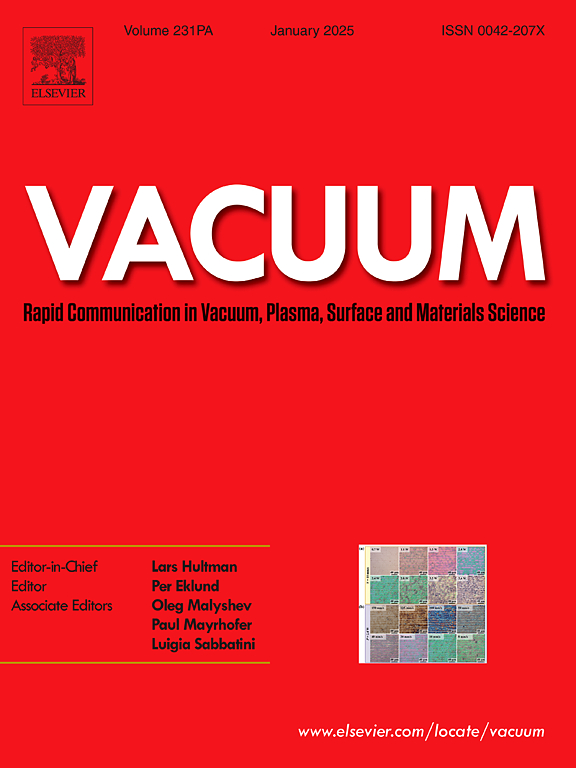A microstructure-based mathematical model for predicting vacuum brazing strength
IF 3.8
2区 材料科学
Q2 MATERIALS SCIENCE, MULTIDISCIPLINARY
引用次数: 0
Abstract
Brazing strength is a very important mechanical property for brazed joints, but studying brazing strength solely through experimental methods is time-consuming, laborious, and costly. Therefore, it is of great significance to establish a mathematical model for predicting brazing strength. We have presented a new mathematical model for precisely predicting vacuum brazing strength based on a small amount of experimental data. This model applies diffusion theory and derives a functional relationship between brazing strength and brazing process parameters based on some assumptions and approximations, and the undetermined coefficients in the functional relationship can be fitted using Origin software. The vacuum brazing experiments on Cu/Ag-49Cu-7Ga/Cu were conducted to validate the model, the error between experimental and calculated values is within 10 %, and the trend of experimental data is consistent with that of the calculated results. The brazing strength first increases and then decreases with the increase of brazing temperature or the extension of brazing time. This microstructure-based mathematical model can be used to predict the maximum brazing strength with high accuracy and to determine the optimal brazing process, reducing experimental costs and providing guidance for scientific research and industrial production.
求助全文
约1分钟内获得全文
求助全文
来源期刊

Vacuum
工程技术-材料科学:综合
CiteScore
6.80
自引率
17.50%
发文量
0
审稿时长
34 days
期刊介绍:
Vacuum is an international rapid publications journal with a focus on short communication. All papers are peer-reviewed, with the review process for short communication geared towards very fast turnaround times. The journal also published full research papers, thematic issues and selected papers from leading conferences.
A report in Vacuum should represent a major advance in an area that involves a controlled environment at pressures of one atmosphere or below.
The scope of the journal includes:
1. Vacuum; original developments in vacuum pumping and instrumentation, vacuum measurement, vacuum gas dynamics, gas-surface interactions, surface treatment for UHV applications and low outgassing, vacuum melting, sintering, and vacuum metrology. Technology and solutions for large-scale facilities (e.g., particle accelerators and fusion devices). New instrumentation ( e.g., detectors and electron microscopes).
2. Plasma science; advances in PVD, CVD, plasma-assisted CVD, ion sources, deposition processes and analysis.
3. Surface science; surface engineering, surface chemistry, surface analysis, crystal growth, ion-surface interactions and etching, nanometer-scale processing, surface modification.
4. Materials science; novel functional or structural materials. Metals, ceramics, and polymers. Experiments, simulations, and modelling for understanding structure-property relationships. Thin films and coatings. Nanostructures and ion implantation.
 求助内容:
求助内容: 应助结果提醒方式:
应助结果提醒方式:


